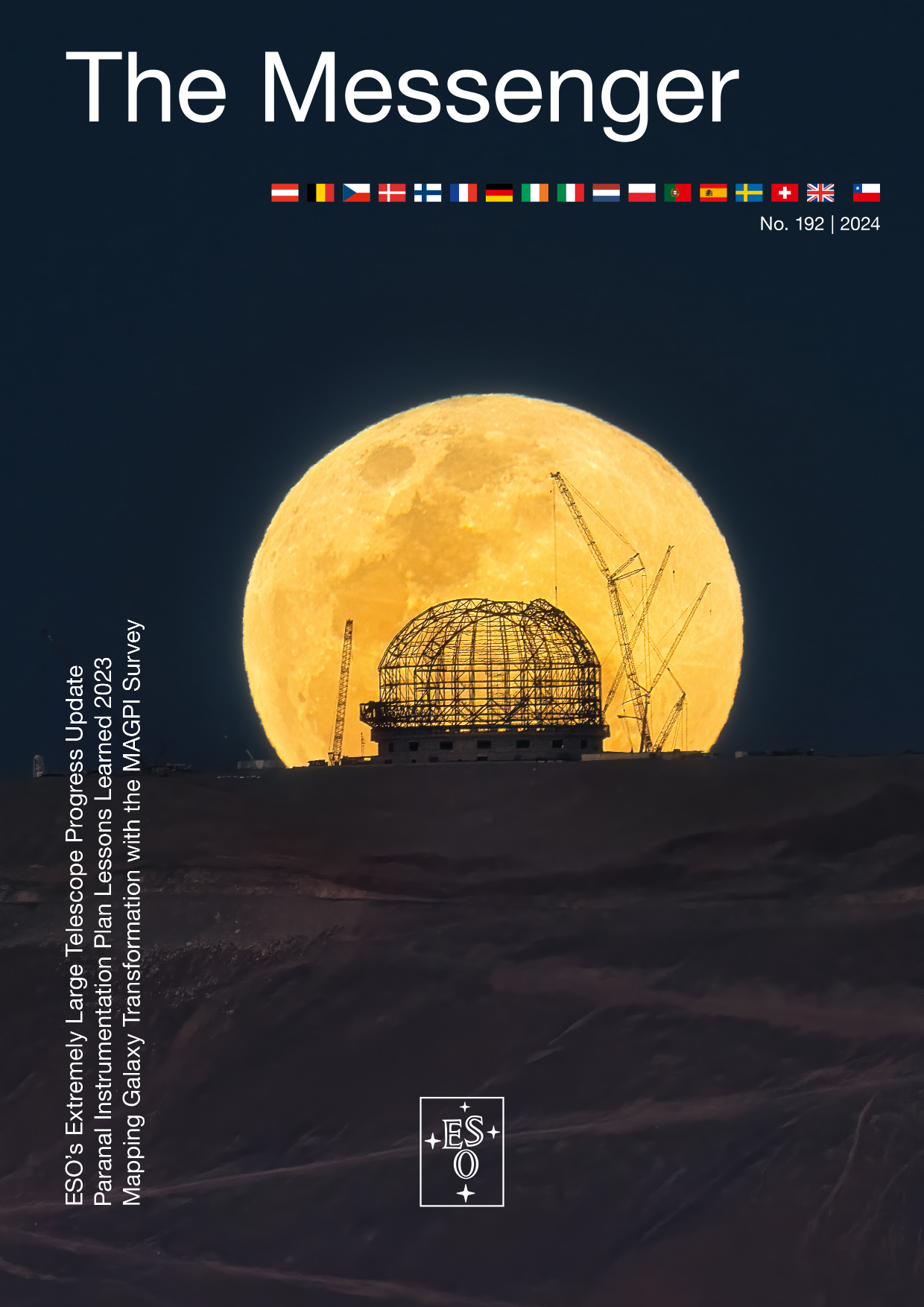Abad, J., Aguilera, B. et al.
Infrastructure Upgrade of UT1, UT2 and UT3 for the Implementation of Laser Guide Stars for the GRAVITY+ Project
Authors:
Abad, J., Aguilera, B., Alarcon, P., Alvarez, I., Alvial, L., Atton, E., Beltran, A., Barraza, I., Barriga, P., Bedigan, H., Benimelli, C., Booth, M., Briones, O., Candia, R., Caniguante, L., Capocci, R., Cardenas, C., Cardenas, D., Chala, A., Contreras, R., Conzelmann, R., Delboulbé, A., Delplancke, F., Diaz, J., Doberti, A., Engelhardt, M., Fernandez, J., Fuenteseca, E., Garcia, F., Garrido, C., Garrido, P., Gonté, F., Guidolin, I., Gutierrez, P., Guzman, R., Hackenberg, W., Juica, Y., Kirkmann, D., Kirchbauer, J., Krempl, P., Lorenzo, J., Mella, A., Meza, Y., Miranda, F., Nunes, S., Nurzia, V., Oberti, S., Olivares, F., Opazo, M., Riquelme, M., Salgado, F., Scherbarth, M., Rochat, S., Rojas, E., Schuhler, N., Tamblay, I., Tamblay, R., Unmanzor, E., Vega, H., Villanueva, F., Whilem, R., Woillez, J., Zúñiga, L., Zúñiga, J., On behalf of the GRAVITY+ Collaboration
Abstract:
The GRAVITY+ project encompasses the upgrade of the Very Large Telescope Interferometer infrastructure and of the GRAVITY instrument to improve sky coverage, high-contrast capabilities, and faint science. The sky coverage is obtained by the use of one laser guide star on each Unit Telescope, but it first required an upgrade of the infrastructure of the telescopes, carried out over the last 18 months.


